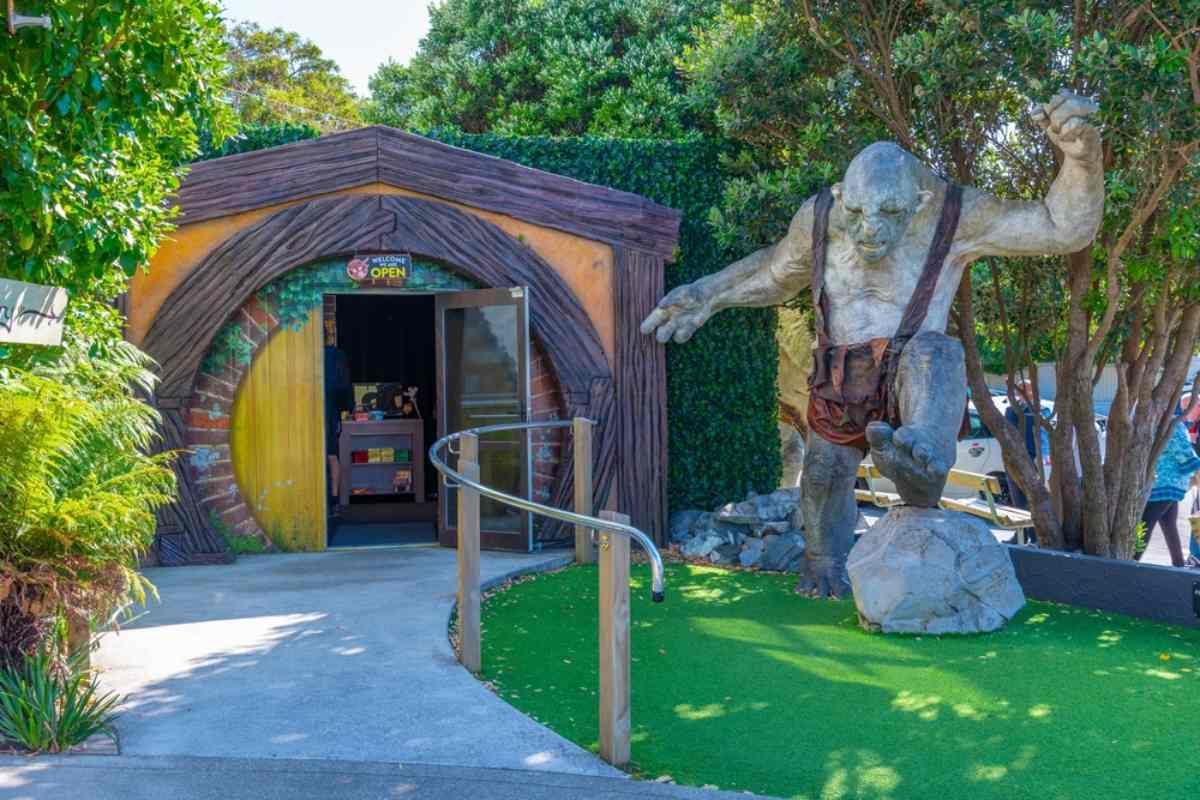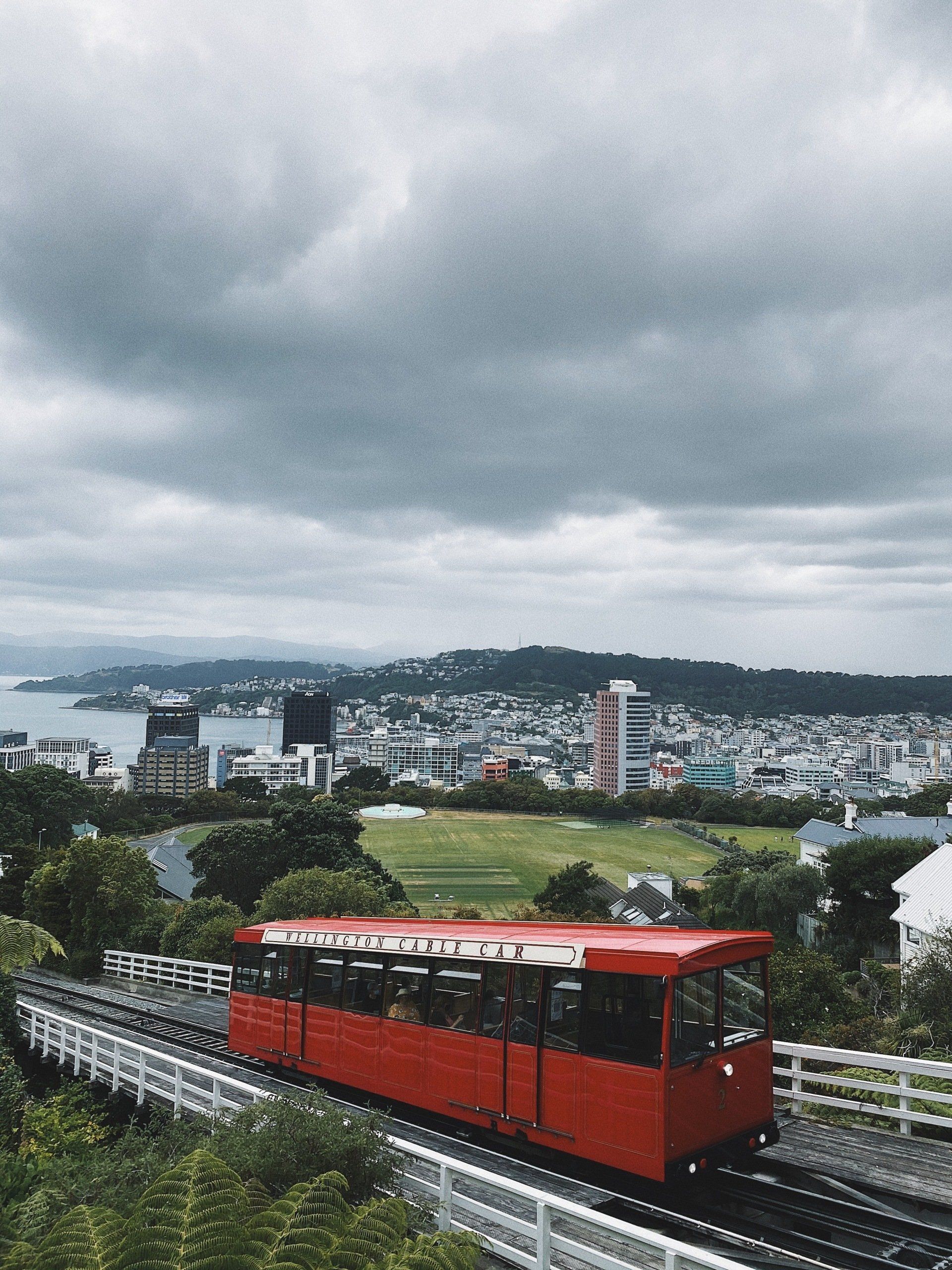History about Mt.Cook
A Mountain of History: Unveiling the Story of Aoraki/Mount Cook

Aoraki/Mount Cook. Towering at 3,724 meters (12,218 ft), its New Zealand's highest peak, a majestic giant that dominates the Southern Alps and holds a special place in the hearts of Kiwis. But beyond its impressive stature, Aoraki/Mount Cook boasts a rich history, woven with Māori legend, European exploration, and the daring feats of mountaineers. Let's delve into the fascinating story of this iconic mountain.
Aoraki: The Sky Piercer:
Long before European settlers arrived, the Māori people knew this mountain as Aoraki, meaning "sky piercer." Legend tells of Aoraki and his three brothers, who were voyaging in their waka (canoe) when it capsized. They climbed onto the upturned vessel, which became the South Island, with Aoraki becoming its highest peak. This powerful legend connects the Māori people to the land and imbues Aoraki with deep spiritual significance.
European Naming and Exploration:
In 1770, Captain James Cook, during his first voyage to New Zealand, sighted the mountain and named it after his first lieutenant, James Cook (confusing, right?). However, the Māori name, Aoraki, continued to be used and is now officially recognized as the dual name, Aoraki/Mount Cook.
The Challenge of the Climb:
Reaching the summit of Aoraki/Mount Cook was a formidable challenge that attracted mountaineers from around the world. The first successful ascent was achieved on Christmas Day, 1894, by three New Zealanders: Tom Fyfe, Jack Clarke, and George Graham. Their achievement marked a milestone in mountaineering history and cemented Aoraki/Mount Cook's reputation as a challenging and rewarding climb.
A Training Ground for Legends:
Aoraki/Mount Cook's rugged terrain and unpredictable weather have made it a training ground for some of the world's most renowned mountaineers, including Sir Edmund Hillary. He honed his skills on these slopes, preparing him for his historic ascent of Mount Everest in 1953. The mountain continues to inspire and challenge climbers today.
The Aoraki/Mount Cook National Park:
Recognizing the significance of this area, the New Zealand government established the Aoraki/Mount Cook National Park in 1953. This protected area encompasses the mountain and its surrounding peaks, glaciers, and valleys, preserving its natural beauty and biodiversity for future generations.
A Destination for All:
While climbing Aoraki/Mount Cook requires significant experience and skill, the park offers a range of activities for visitors of all abilities. From scenic walks and hikes to glacier explorations and stargazing tours, there's something for everyone to enjoy. The Sir Edmund Hillary Alpine Centre provides fascinating insights into the region's history, geology, and mountaineering heritage.
A Symbol of New Zealand:
Aoraki/Mount Cook has become a powerful symbol of New Zealand's natural beauty and adventurous spirit. It graces postcards, tourism brochures, and even the national flag. Its majestic presence continues to inspire awe and wonder, reminding us of the power and beauty of the natural world.
Preserving the Legacy:
As we gaze upon the towering peak of Aoraki/Mount Cook, it's important to remember the rich history that surrounds it. From the Māori legends to the feats of mountaineers, the story of this mountain is a testament to human connection with the land and the enduring spirit of exploration. By respecting the environment and learning about its history, we can help preserve the legacy of Aoraki/Mount Cook for generations to come.















